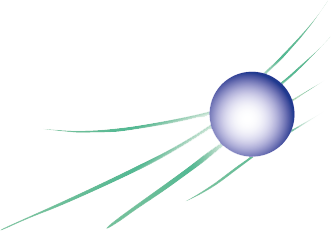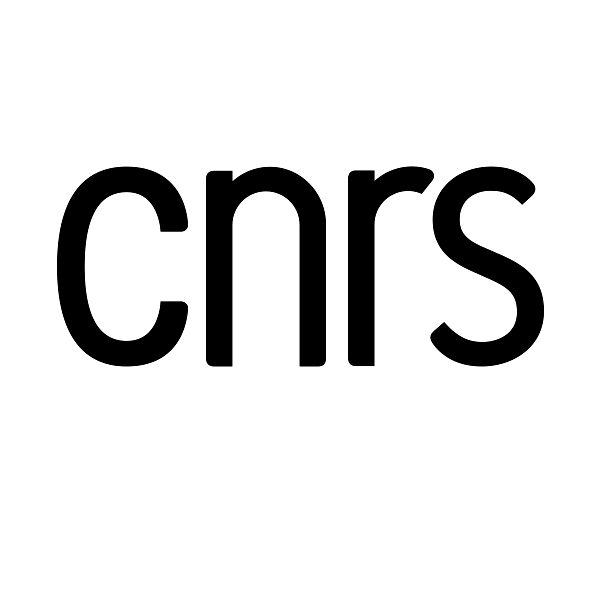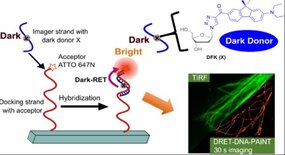The DNA-PAINT (Point Accumulation for Imaging in Nanoscale Topography) technique exploits transient hybridization of DNA strands to achieve nanometric resolution. Although effective, it remains limited in its standard form by background noise generated by unbound strands and slow image acquisition.
In a new study, a project initiated and led by Yves Mély and Alain Burger from the Université Côte d’Azur, as well as Ludovic Richert with Srijayee Ghosh as the lead author, they developed an innovative strategy to overcome these limitations through:
• Incorporation of a fluorenyl nucleoside (X) acting as a dark donor in the imaging strand,
• Specific activation of the fluorescent acceptor (ATTO 647N) by intermolecular dark resonance energy transfer (DRET),
Through a significant reduction in background noise, allowing the use of higher concentrations of imaging strands, this approach has enabled super-resolved images of cellular microtubules to be obtained in less than 30 seconds, marking a significant step forward toward fast nanoscopy.
Congratulations to the authors!
Link: Using Dark Dyes for Fast Super-Resolution Imaging: A Proof-of-Concept Study


